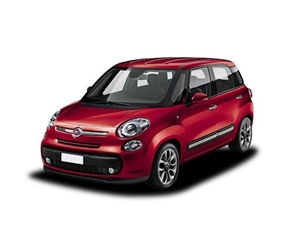
-

-
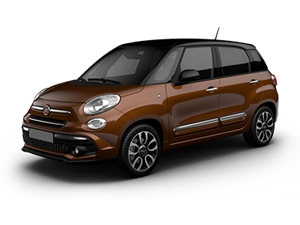
500L Cross
-
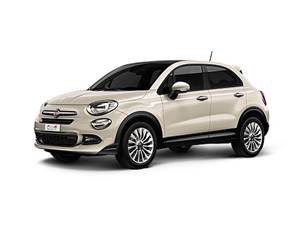
500X
-
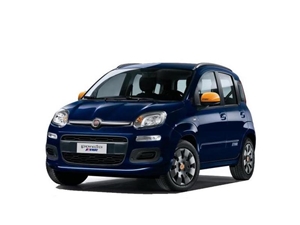
Panda
-
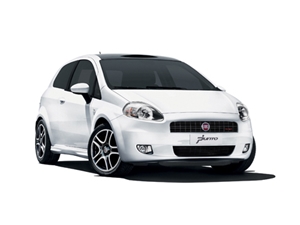
Punto
-
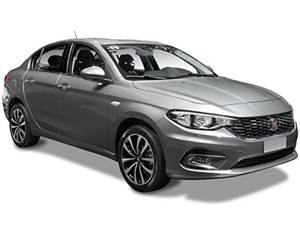
Tipo Sedan
-
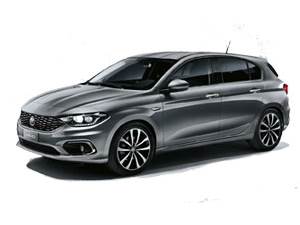
Tipo
-

Tipo SW
New Fiat LPG Car Models
The list of New LPG factory fitted Models of Cars for sale in Europe is growing continuously, more and more brands offer versions of their cars incorporating LPG which is enhanced by the advantages:
A new LPG Model of vehicle usually maintains the same gasoline system as the traditional version incorporating the LPG / CNG equipment
the LPG Vehicle has a price slightly higher than the gasoline version but lower than the diesel version
Although it can be established that operating in LPG mode the vehicle consumes a little more than gasoline, the price of fuel has a saving of more than 30%
The refilling from the supplier is carried out in a time comparable to that necessary for refueling gasoline. The system is, likewise, very simple and comfortable.
Being a cleaner system, catalytic converters, filters, "adblues" are eliminated, which reduces the possibility of mechanical breakdowns. Thus, for example, the service life of the oil increases with what it means for motor care
The first cities begin to limit the access of diesel vehicles, in their restrictive regulations vehicles with LPG have access advantages
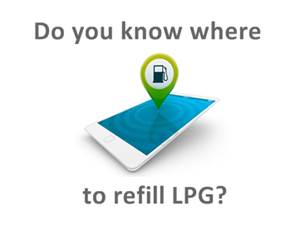

Today there is a wide range of car makers offering lpg versions for their cars in Europe , just for one simple reason:
There are more than 15 million of cars running on lpg on european streets not a small market for car producers
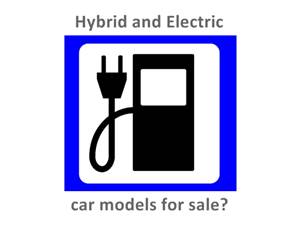
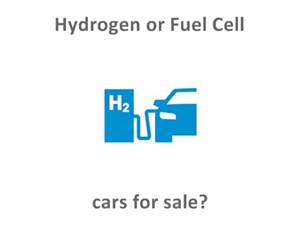
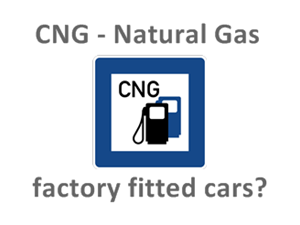
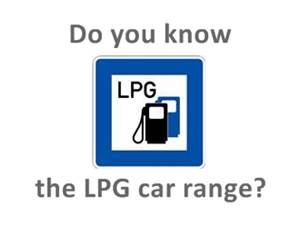
We compared two exactly identical models with LPG and diesel engines and we verified that gas is cheaper.
Vehicles with diesel engines are undergoing a strong response following the events, primarily with the "diesel" and secondly, the political guidelines that are implemented in European countries. And the trend in our country, and in others in the euro area, indicates a "demonization" of diesel-powered vehicles, as specified, by high pollution, something that car manufacturers do not agree because the engines meet the Euro standard 6 and transport the urea catalyst less polluting than petrol engines.
In this context, we see that the new car market is changing the percentages of diesel-powered vehicles compared to total sales and has already gone from 70% to 72% of cars with this engine, at rates that range around 60%, with an increase in vehicles with petrol engines such as hybrids and electric cars still have little significance. In this situation, we have several alternative engines, hybrids, plug-in hybrids, electric motors, fuel cells and dual-fueled gas and petrol engines.
With the current market situation, we decided to make a comparison between a car and a diesel engine versus one with a bi-fuel engine, gasoline and gas. The question could be; Why cars with gas? There are several reasons, fuel cell vehicles are not available in our country due to the lack of supply infrastructures, the -enchufables or non-hybrids have a higher cost acquisition and operating costs are high, have a high cost electric and solves us only for urban transport. Vehicles with petrol / gas engines have a very acceptable cost, to the point that in most cases it is lower than diesel engines. There are two types of gas, LPG (liquefied petroleum gas) and natural gas can be CNG (Compressed Natural Gas) or reconverted to individual vehicles and LNG (Liquefied Natural Gas) for heavy vehicles; GNC is 200 Kg / cm2 and the LNG is the same natural but liquid gas as it is injected into the engines of the trucks along with the diesel.
On this occasion, we selected a model of the Fiat group, the Type in the diesel version and the GLP version with the Station Wagon body and both with the same power of 120 HP (88 Kw). The diesel model used was the Type Station Wagon Multijet II 120 finish Lounge, this car has a 1.6-liter engine with a power of 120 hp (88 Kw), a torque of 320 Nm and a fuel tank of 50 liters.
The gas model used was the Wagon Type LPG 120 Finished Lounge, has a 1.4-liter engine with a capacity of 120 HP (88 Kw) and a torque of 215 Nm. In this case, we have a tank of 50 liters of gasoline and another LPG gas with a capacity of 30 kg which is located in the spare wheel cavity, under the boot, so you have to carry a puncture repair kit, but it does not lose space for the load.
The tested vehicles differ only for the motorization because the finishes are exactly the same, with a family unit with 5 seats and a luggage compartment of 550 liters. And, curiously, they also match colors, as you can see in the photographs. Both cars are very comfortable to drive with a very smooth six-speed manual transmission, have good behavior, both in the city and on the road and are comfortable in all circumstances. The diesel is a bit 'more noisy because of the type of motorization that carries, never becoming annoying. What takes the gas engine is very quiet and therefore very pleasant in everyday use.
In the advantages there are no differences, but if you have to give a winner it would be the diesel because it has a maximum torque of 320 Nm which translates into greater thrust when the car needs strength, for example, when you overtake in Conventional or very busy roads. In return, petrol has a quieter and more regular operation.





















